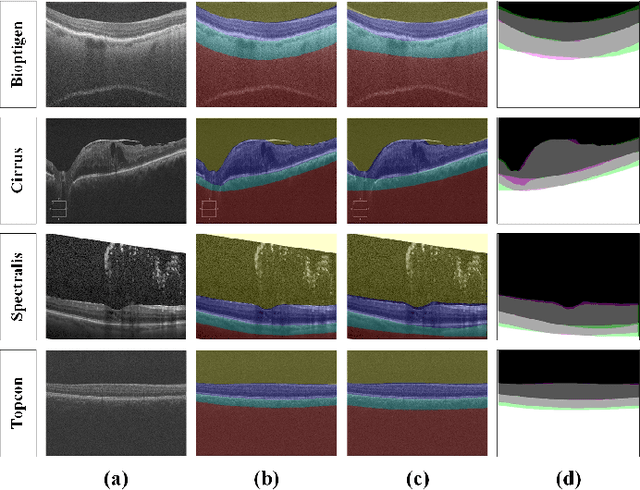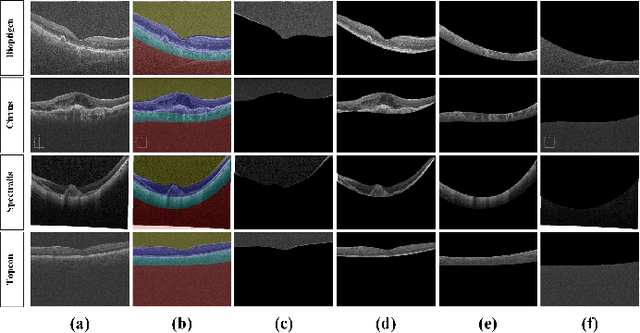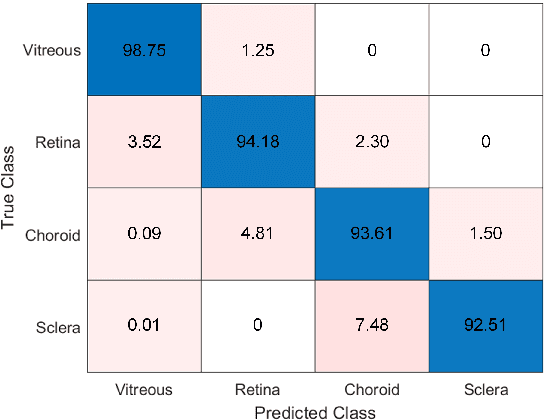Shiyin Qin
mAPm: multi-scale Attention Pyramid module for Enhanced scale-variation in RLD detection
Feb 26, 2024Abstract:Detecting objects across various scales remains a significant challenge in computer vision, particularly in tasks such as Rice Leaf Disease (RLD) detection, where objects exhibit considerable scale variations. Traditional object detection methods often struggle to address these variations, resulting in missed detections or reduced accuracy. In this study, we propose the multi-scale Attention Pyramid module (mAPm), a novel approach that integrates dilated convolutions into the Feature Pyramid Network (FPN) to enhance multi-scale information ex-traction. Additionally, we incorporate a global Multi-Head Self-Attention (MHSA) mechanism and a deconvolutional layer to refine the up-sampling process. We evaluate mAPm on YOLOv7 using the MRLD and COCO datasets. Compared to vanilla FPN, BiFPN, NAS-FPN, PANET, and ACFPN, mAPm achieved a significant improvement in Average Precision (AP), with a +2.61% increase on the MRLD dataset compared to the baseline FPN method in YOLOv7. This demonstrates its effectiveness in handling scale variations. Furthermore, the versatility of mAPm allows its integration into various FPN-based object detection models, showcasing its potential to advance object detection techniques.
Exploring the Synergies of Hybrid CNNs and ViTs Architectures for Computer Vision: A survey
Feb 05, 2024Abstract:The hybrid of Convolutional Neural Network (CNN) and Vision Transformers (ViT) architectures has emerged as a groundbreaking approach, pushing the boundaries of computer vision (CV). This comprehensive review provides a thorough examination of the literature on state-of-the-art hybrid CNN-ViT architectures, exploring the synergies between these two approaches. The main content of this survey includes: (1) a background on the vanilla CNN and ViT, (2) systematic review of various taxonomic hybrid designs to explore the synergy achieved through merging CNNs and ViTs models, (3) comparative analysis and application task-specific synergy between different hybrid architectures, (4) challenges and future directions for hybrid models, (5) lastly, the survey concludes with a summary of key findings and recommendations. Through this exploration of hybrid CV architectures, the survey aims to serve as a guiding resource, fostering a deeper understanding of the intricate dynamics between CNNs and ViTs and their collective impact on shaping the future of CV architectures.
Automated segmentation and extraction of posterior eye segment using OCT scans
Sep 21, 2021



Abstract:This paper proposes an automated method for the segmentation and extraction of the posterior segment of the human eye, including the vitreous, retina, choroid, and sclera compartments, using multi-vendor optical coherence tomography (OCT) scans. The proposed method works in two phases. First extracts the retinal pigment epithelium (RPE) layer by applying the adaptive thresholding technique to identify the retina-choroid junction. Then, it exploits the structure tensor guided approach to extract the inner limiting membrane (ILM) and the choroidal stroma (CS) layers, locating the vitreous-retina and choroid-sclera junctions in the candidate OCT scan. Furthermore, these three junction boundaries are utilized to conduct posterior eye compartmentalization effectively for both healthy and disease eye OCT scans. The proposed framework is evaluated over 1000 OCT scans, where it obtained the mean intersection over union (IoU) and mean Dice similarity coefficient (DSC) scores of 0.874 and 0.930, respectively.
 Add to Chrome
Add to Chrome Add to Firefox
Add to Firefox Add to Edge
Add to Edge